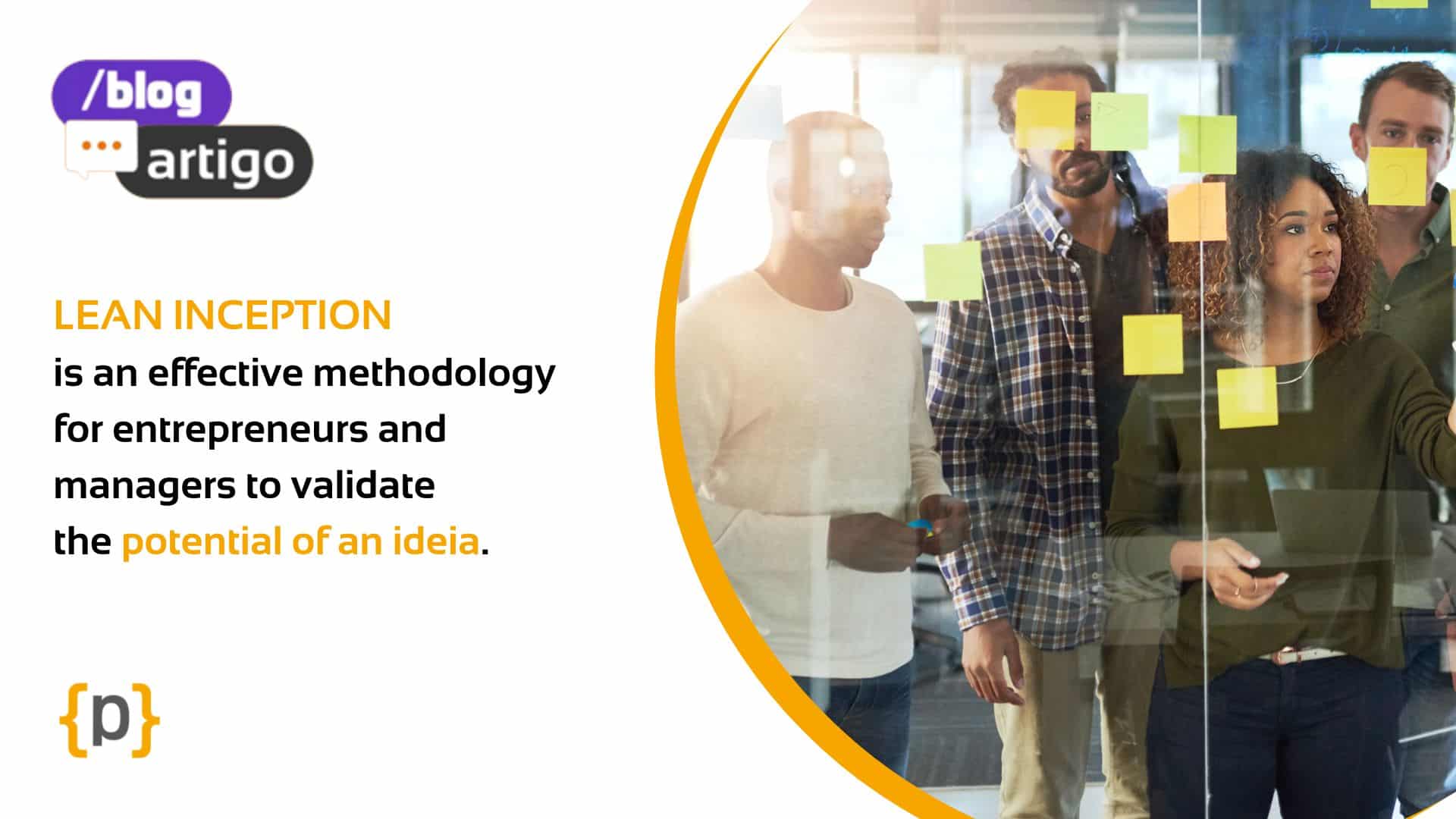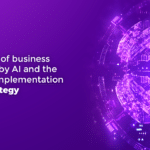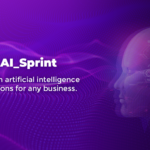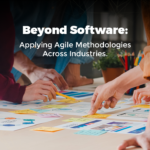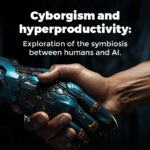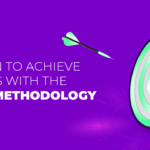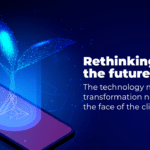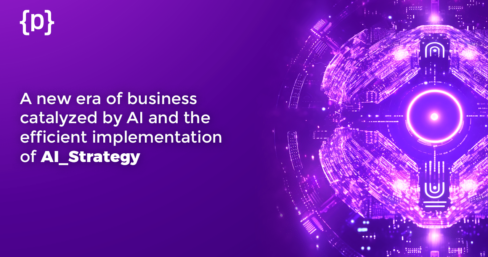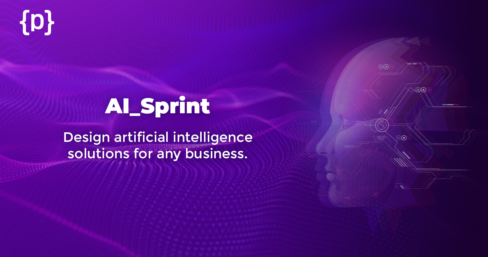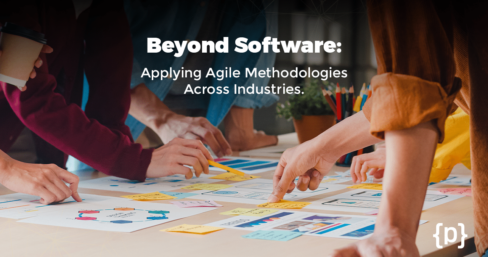What is and how does Lean Inception methodology work
Entrepreneurs and managers know very well that validating the potential of an idea before investing time and money makes all the difference. Creating a product can pose many challenges, starting with offering possibilities at the beginning of its design.
Lean Inception origin
The Brazilian Paulo Caroli wanted to find ways to facilitate this design process, so he created the Lean Inception method structured from the concepts of Design Thinking and Lean Startup, which can be described as a method that seeks to align people aiming to develop a product.
After a long experience in Silicon Valley companies, Caroli noticed the need for greater synergy between business and technical departments.
At first, this need was met by ‘Inception’ – the first phase of RUP (Rational Unified Process), an agile methodology created in 2003 – which had a long duration of processes and not used features, generating waste of time, efforts, and resources.
It was by conducting many ‘Inceptions’ and based on the concept of MVP – Minimum Viable Product, that Paulo Caroli would find his solution resulting in a method described in the best seller “Lean Inception: how to align people and build the right product.”
Do you want to learn more about this subject and understand how the Lean Inception methodology can make a difference when coming up with a project and making it real? So join us!
The methodology and its application
Before you understand what Lean Inception is, it is important to understand the concept of MVP.
MVP means Minimum Viable Product, is simplest and leaner version of a product that employs the minimum of resources, as a more basic version to which this product can be used by its users with fundamental features, but less developed than its full version.
Lean Inception is the method used to obtain this MVP, one of the practices of agile methodologies before the project development. At a time when both areas: business and technical, have only an outline of the product and many variables to be validated, including who your users will be, their journey to the product, features, scopes, and deliverables.
It is a fundamental step to evaluate the entire project, focusing on generating business and value for users, validating or invalidating hypotheses, and allowing you to test the acceptance of the product before it reaches the market.
Putting the concept of Lean Inception into practice requires organization, reasoning, focus, creativity, and systemic vision. And it is helping teams along the right path to product development that methodology has become increasingly successful.
The purpose is always to optimize resources and energy during the development within a fast, adaptable, and continuous delivery, focusing on adding value to business objectives and customer needs.
Lean Inception – The Workshop
A Lean Inception is a collaborative workshop that will align the company’s product to understand its most fundamental aspects, with multidisciplinary team participation (people involved with the product in question) to ensure total immersion in the process.
It can involve stakeholders and active members of the product development, such as developers, product owners, scrum masters, project managers, and UX designers, and the user – people who are part of the journey and feel the ‘pains’ of the current process.
Supported by a facilitator – an Agile Coach or a Business & Service Designer – experienced in the process, neutral and impartial, who will explain and lead the process and all activities.
There is no exact number of participants in a Lean Inception, recommended around ten people, and it’s important to have people with very different backgrounds, as this enriches the process.
After aligning on the purpose of this movement, follow the steps outlined:
- Product vision and goals
- Personas
- User journeys
- Features
- The feature sequencer
- The MVP (Minimum Viable Product) canvas
During the workshop, a series of activities are presented, fostering a rich debate, in a brainstorming session that can last up to a week. Everyone participates in the steps to align themselves with the same purpose: to generate an MVP – the first version of the final product that will deliver value to the user, solving or minimizing their problems.
In this MVP, the final product will be built in rapid and continuous delivery movements, with deadlines defined by the Lean Inception methodology and it will always be at the intersection between ‘value’ for the business, ‘usable’ by users, and ‘feasible’ by the team.
Caroli also adds a “WOW” factor – as the name suggests, it will make this product stand out and cause a unique experience for users. It is the last determining factor for the MVP. The old saying ” You never get a second chance to make a good first impression” is essential in this case.
Lean Inception agenda
A 5-day workshop is recommended for product development in the Lean Inception agenda, which is defined based on the team availability, but it is necessary to focus during all meetings.
This agenda can be adapted to a leaner agenda, depending on the project context but it is necessary to focus on deepening the themes and activities by allowing the full cycle of the methodology.
Some assumptions need to be observed from the company within this agenda flow with fixed commitments:
● Day 1: Day 1: kick-off meeting with everyone involved to align the workshop objectives directly linked to product development;
● Day 2: brainstorming day based on knowledge of the objectives with a focus on documenting all ideas and contributions to the process;
● Day 3: day to align the team and discover the problems found in the brainstorming and propose solutions for the next step of executing a journey, which will lead the team to success in the outlined objectives;
● Day 4: time to prepare the product delivery plan, including all the processes and resources involved. This proposal will be the basis of the MVP, from the creation of a Canvas model;
● Day 5: will be reserved for presenting the MVP Canvas model to stakeholders. Combining this presentation with the leaders’ assessment will clear whether the proposal aligns with the client’s ideas.
Who is Lean Inception suitable for?
Lean Inception has the purpose of helping the company and the team to understand the needs of the customer and user because what the customer asks for is not always what they need.
One of the principles of the Agile Manifesto says that we need to care for “simplicity: the art of maximizing the amount of work not done is essential”.
That leads us to reflect on the search for alternatives to optimize the value of the deliveries and reduce the costs of low-value functionalities to make an idea viable.
Lean Inception is a broad methodology, with applicability for all types of new products and services development and also enables its improvement or evolution, considering their scalability.
The agility and robustness of this methodology can support the company in building a successful product with solutions that generate value.
Lean Inception application by Performa_IT
Agile methodologies for product design and delivery projects are essential to make the company adaptable to the constant market changes. In a scenario whereby companies need to present innovative solutions quickly, that methodology is becoming popular and essential for businesses to adopt it.
Lean Inception directly reflects on product delivery and end-user satisfaction, directing the team’s mentality to create alignment with an agility proposal and constant innovation. It’s a better way for organizations to create their products quickly and lean, and it’s an essential methodology for companies that need to deliver quick responses to the market.
It is worth mentioning that this concept applies to the most diverse types of projects and companies, from the smallest to the most complex.
Performa_IT uses these agile approaches to design products and services, bringing more autonomy and integration, so teams optimize their efforts and add knowledge to the project assertively.
The meetings provided are an opportunity to open a learning cycle about solution development and tests in the market.
We developed a work proposal that allows execution flexibility and enhances the solutions co-creation by combining Lean Inception, PBB (Product Backlog Building), Prototyping, and Usability Testing approaches in a product we call MVP Sprint.
These approaches executed in co-creation cause a change in the behavior of the people involved in the process, allowing the organization to accelerate its transformation projects assertively and collaboratively.
The MVP Sprint roadmap is aligned with the triple diamond of our IDEA_PAD methodology (click to know this methodology) as an approach indicated for challenges where there is no complete clarity of the features that will be part of the MVP (Minimum Viable Product). Even if you have an idea of what problem you need to solve and the potential solutions are.
The goals of the MVP Sprint are:
- Align the solution’s product vision
- Finding the Minimum Viable Product (MVP)
- Design and validate the solution MVP
- Co-create the Product Backlog (PBB)
We help our customers discover the right product before building the right product!
The high point of MVP Sprint is the usability test of the prototype developed with real product users, with the possibility of developing appropriate evaluations to decide whether to pivot or proceed with the proposed solution certainty.
For Performa_IT, every enterprise needs to evaluate the investments according to financial return. In this sense, Lean Inception is important to the company applying its resources optimally, focusing on the most desirable, practicable, and viable products and services.
We can support your company with the best experience in Lean Inception methodology.
Have you ever thought about which project you can start by applying the MVP Sprint? Contact us and let’s find out together!
